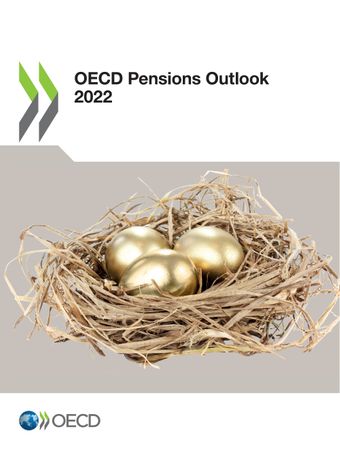Are Retirement Planning Tools Substitutes or Complements to Financial Capability?
By Gopi Goda, Matthew Levy, Colleen Flaherty Manchester, Aaron Sojourner, Joshua Tasoff & Jiusi Xiao We conduct a randomized controlled trial to understand how a web-based retirement saving calculator affects workers' retirement-savings decisions. In both conditions, the calculator projects workers' retirement income goal. In the treatment condition, it also projects retirement income based on defined-contribution savings, prominently displays the gap between projected goal and actual retirement income, and allows users to interactively explore how alternative, future contribution choices would affect...









